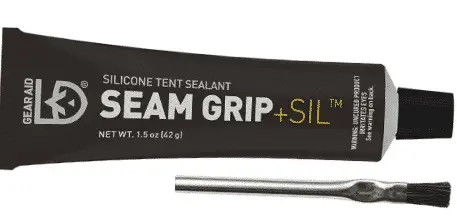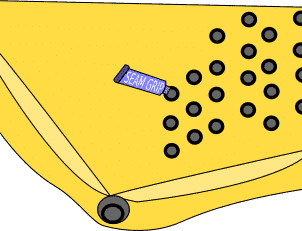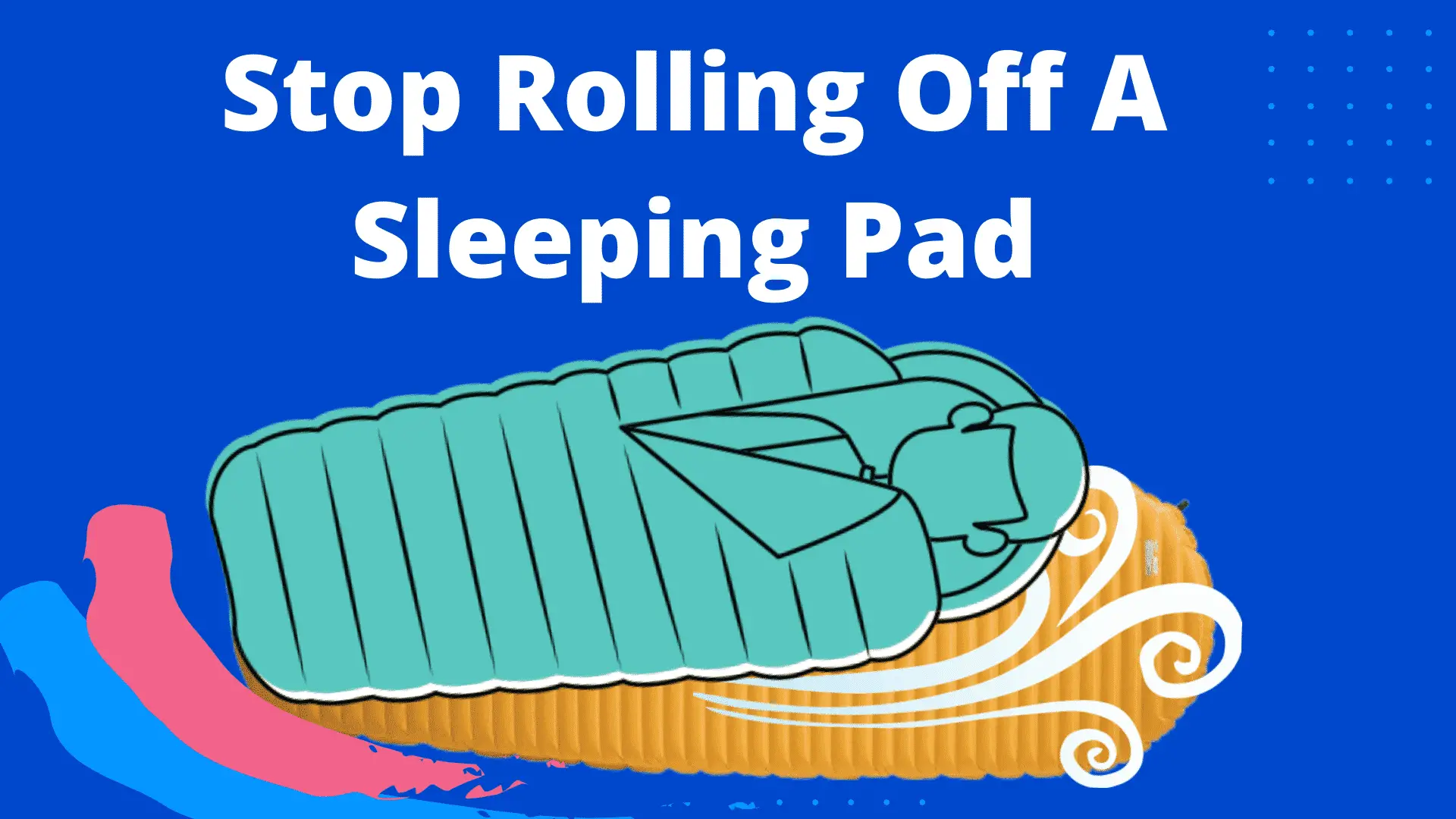I’m the type of person that tosses and turns all night long. That might be fine in my king-sized bed, but not in a sleeping pad. Sleeping pads just never seemed to work for me.
After listening to a buddies recommendation I eventually switched over to the inflatable Therm-A-Rest NeoAir X-Lite(On Amazon). It was extremely comfortable, lightweight and I could get to sleep in minutes. But I just couldn’t get a full night’s sleep.
The first year after purchasing my sleeping pad, I didn’t get a full night sleep. Every single night I woke up on the ground after rolling off the sleeping pad. After asking around I was able to stop slipping and sliding throughout the night. Here’s how I stopped rolling off my sleeping pad.
How Do I Stop Rolling Off My Sleeping Pad?
For such a common complaint, you would think there’d be an easy fix. After asking around I found out that there were two main causes of the problem. To figure out how to solve the problem you first need to ask why you’re sliding off the pad.
- Rolling Off Pad: Are you rolling off the pad at night? This means the pad is either overinflated or too narrow.
- Pad Sliding Out: Not every sleeping pad is the same. When synthetic sleeping pads lie on top of inflatable plastic pads you’ll have some slippage. Luckily solving this problem is fairly easy.
Why am I Rolling Off My Sleeping Pad?
By far the biggest reason why people roll off their sleeping pads is because they’re over-inflated. Many people tend to overinflate their sleeping bag worrying that it will deflate throughout the night.
Over inflating your sleeping bag is like trying to lay on the side of a hill. While you’re awake you can fight the urge to roll, but once you fall asleep all bets are off. You will inevitably roll off the sleeping pad.
Check out my post explaining how much air you should put in a sleeping pad.
Let Air Out of Your Sleeping Pad
Fixing this problem is easy, just let out a little bit of air. Once you’ve inflated the sleeping bag, lie on top and open the valve for a second. Just let out a little bit of air so that the sleeping pad conforms to your body.
Your sleeping pad should be about 50% inflated, just enough so that your butt doesn’t touch the ground or whatever else it’s resting on. You want it to mold to your body so that it cradles your body and pressure is spread equally throughout the pad. If you follow this setup the pad should be really comfortable and you shouldn’t move much throughout the night (although it may be a little bit hot).
Go With a Wider Sleeping Pad
As a fairly large man with broad shoulders, most sleeping pads just aren’t designed for me. I started off with the Regular NeoAir Xlite which is only 20 inches wide. My shoulders ended up hanging a few inches off each side.
Switching over to the Large(On Amazon) was so much better, but it was still a tight fit. Although it was an additional 2.8oz the extra comfort was so worth it.
Put The Sleeping Pad in Your Sleeping Bag
If neither of the above choices seemed to help you might want to try putting your sleeping pad inside your sleeping bag. This is a great option for back sleepers, but might be a little cramped for side and stomach sleepers.
Check out my post on the benefits of putting a sleeping pad in your sleeping bag.
My Sleeping Pad is Sliding Out From Under Me

Sometimes you just can’t help but slide off your sleeping bag. You can cut down on the sliding with a tube of SeamGrip (On Amazon) or roll of grip tape. All you’re trying to do is create a little bit of friction between the pad and sleeping bag. Polyester sleeping bag covers are notoriously slippery.

- Wash off the surface of your sleeping pad with soap and water. You’re trying to get off the built-up oils, and dirt that will reduce stickiness. After the pad is clean let it dry thoroughly.
- Use the Seamgrip to create a pattern of small dots across the top of your sleeping pad. Although they should cover most of the pad, pay special attention to the hip and torso area. This is where most of your body weight will lie.
- Before moving your sleeping pad let the Seamgrip cure for 24 hours. Don’t let it get onto your skin or clothes.
- You can further customize the stickiness by adding additional dots later on.
Bonus Tip: Consider adding Seamgrip dots to the bottom of your sleeping pad so that it won’t slip on the tent floor. A few dots on each side will make a huge difference.




